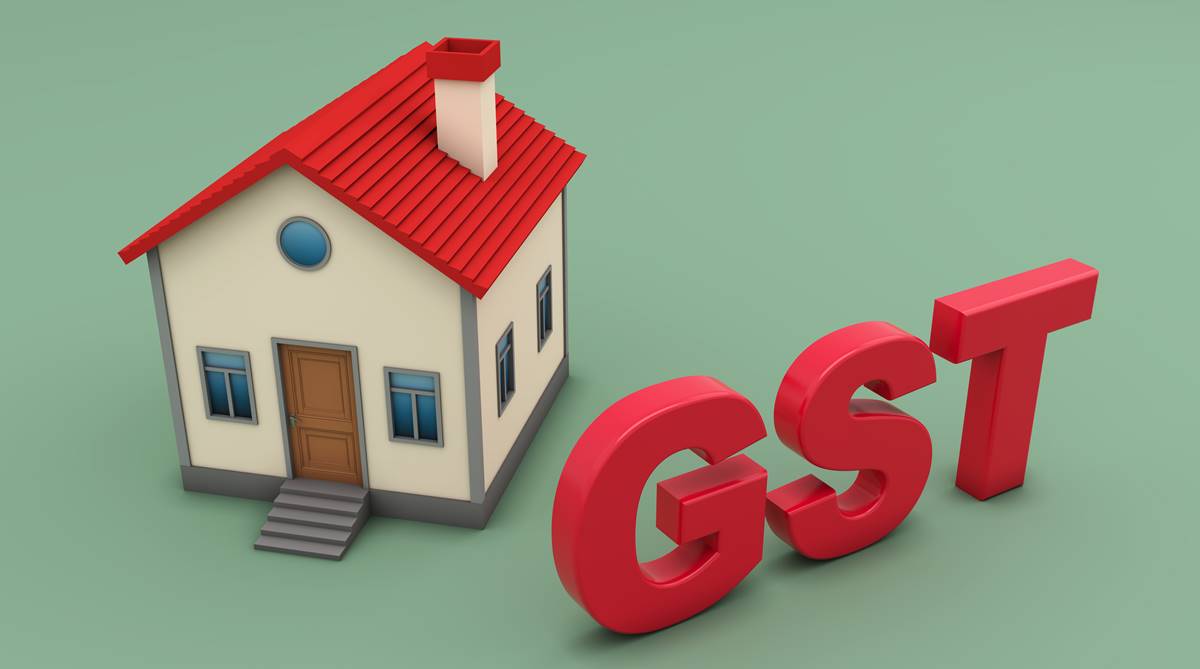The real estate sector is one of the most pivotal sectors of the Indian economy, ranked second only to agriculture. It has an average contribution of 5-6% to India’s GDP, stimulating demand for more than 250 ancillary industries, and playing a vital role in generating employment across the nation.
In the recent past, this sector has been subject to a sea of changes. Demonetisation was the first wave to hit the real estate shores in late 2016, closely followed by the Real Estate and Regulation Act (RERA), which aimed to address the issue of non-transparency by affixing a certain level of accountability on real estate builders and brokers. And then, GST came about in July 2017, which had significant impact on the lives of developers, buyers, investors and intermediaries alike.
Advertisement
One of the immediate effects were that the overall cost of construction, and thus the effective real estate GST rates went down, due to the availability of additional input tax credit for builders. However, what is still missing in the real estate market is the intention of builders to pass on the benefit of the lower cost to the end buyer or consumer.
On December 8, the GST Council issued a notification which sought to address this very concern.
Reasons behind the clarification
Experts seem to suggest that the main reason behind this notification is the plethora of anti-profiteering complaints, where it was brought to the notice of the authorities that the benefit of lower real estate GST rates was not being passed on to buyers. Cases like these, have prompted the government to issue this notification.
What does the notification clarify?
The 4 main points of the notification are as follows:
- No GST is applicable on the sale of complexes or buildings or ready to move-in flats where the sale takes place after issue of completion certificate by the competent authority
- GST is applicable on the sale of under construction properties or ready to move-in flats where completion certificate has not been issued at the time of sale
- GST of 8% is applicable on housing projects in the affordable segment, such as – Jawaharlal Nehru National Urban Renewal Mission, Rajiv Awas Yojana, Pradhan Mantri Awas Yojana or any other housing scheme of State governments etc. The reason behind the same is, that for such projects, after offsetting ITC, the builder or the developer most of the times, will not be required to pay GST in cash, as he would have enough ITC in his books of accounts to pay the output GST
- For projects other than those in the affordable segment, it is expected that the cost of the complexes / buildings / flats would not have gone up due to the implementation of GST. In such cases, it is expected that builders pass on the benefits of the lower tax burden to buyers by way of reduced prices or instalments
Real Estate GST Rates – Pre vs. Post GST
Before the implementation of GST, the effective tax rate on real estate was around 15% to 18%. No ITC was available on VAT and Central Excise duty, and thus it got added to the valuation of properties. Considering that goods constituted approximately 45% of the value, the embedded ITC was close to 10% to 12%.
After GST came to light on the 1st of July 2017, real estate GST rates were pegged at 12% after abatement of one-third of the value of the land. As mentioned before, real estate GST rates were set at 8% for the affordable housing segment. On the other hand, majority of the construction materials involved in real estate incurred 18% GST, but for which ITC was available. As a result, the effective rate of tax in the GST era has actually gone down, rather than going up, and this is precisely what this notification has also sought to clarify to both real estate buyers and builders.
This timely clarification from the GST Council, is bound to make life much simpler, as it will lead to more awareness for buyers in this segment.
(Writer Tejas Goenka is Executive Director, Tally Solutions Pvt Ltd)











